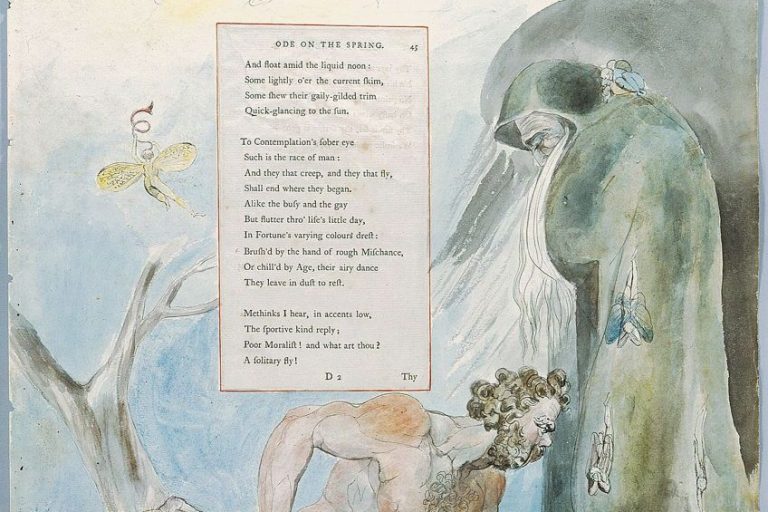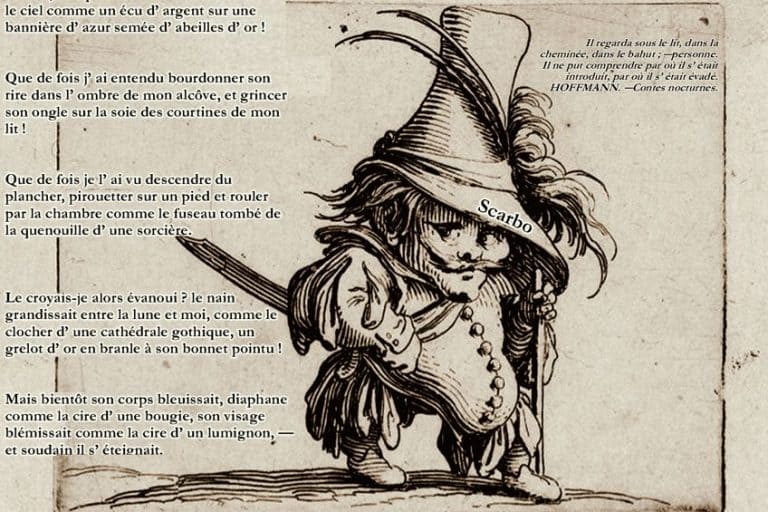What Is a Free Verse Poem? – When Poetry Breaks All the Rules
What is a free verse poem? The answering of this question will be the aim for us today. We will discuss the history of free verse poetry, the characteristics of this form, the differences between the non-rhyming poetry categories of free verse and blank verse, some of the different types of free verse poetry, and a handful of free verse poetry examples. Let’s see what we can learn as we dive into the world of this form of poetry!
What Is a Free Verse Poem?
The basic premise behind free verse poetry is quite a simple thing. It is a type of poetry that rejects the kind of strict adherence to the traditionally understood rules of poetry. This is generally and most visibly seen in its exclusion of specific patterns of rhyme schemes and metrical layouts. This does not mean that free verse poetry is simply non-rhyming poetry, because that is an oversimplification, and there are also a number of varieties of poetry that do not make use of specific rhyme schemes.
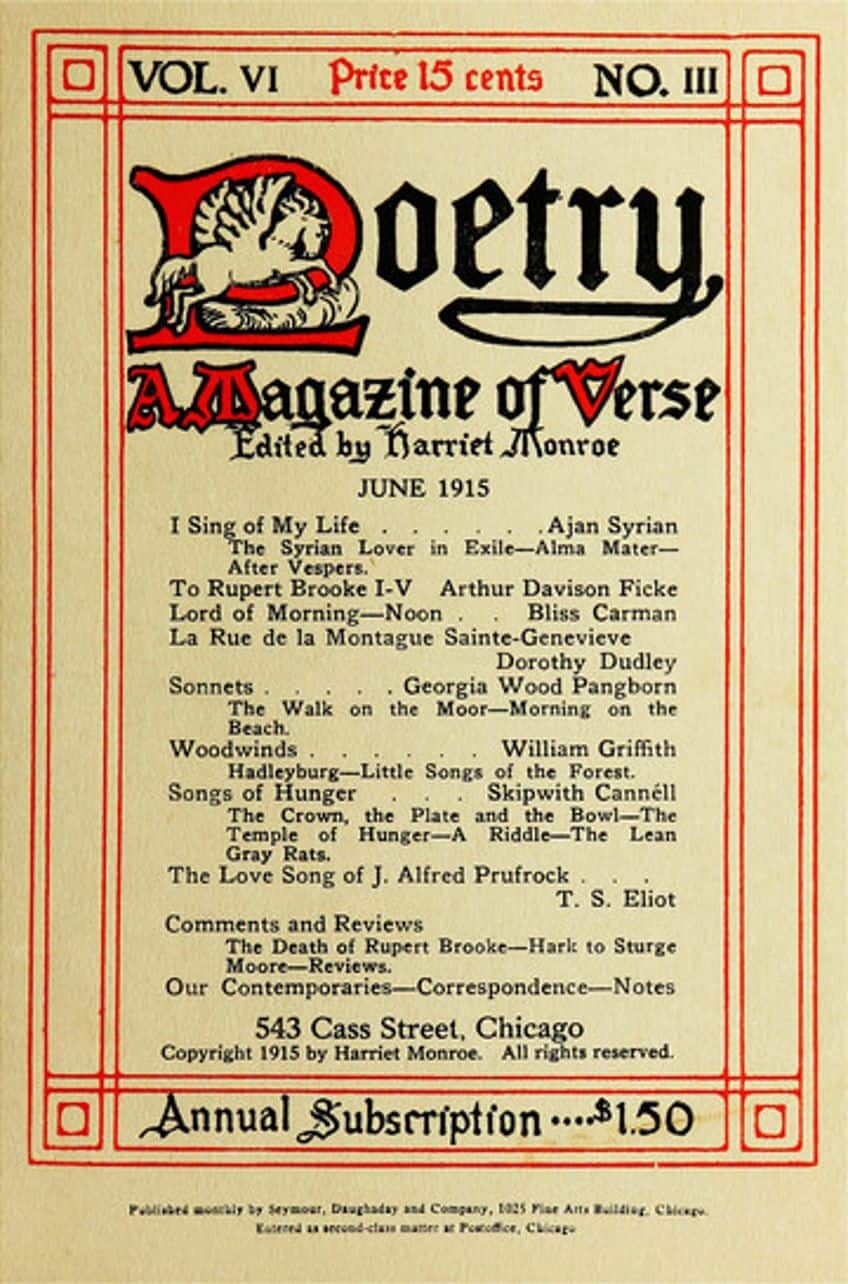
Free verse is a very open form of poetry that can allow for experimentation with poetic form. As there are no definitive rules, it can allow this poetry to be highly variable. This is the answer to the question: “What is a free verse poem?”. These types of poems have become particularly common throughout the 20th and 21st centuries. We often associate contemporary forms of poetry with free verse poetry. So, let’s see how we got to this point and discuss the history of free verse poetry.
The History of Free Verse Poetry
Free verse poetry saw its origins in the 19th century when figures like Walt Whitman and Emily Dickinson made extensive use of this particular type of poetry. Whitman is generally considered to be the “Father of Free Verse” because of his use of this form. Much of his work was focused on idealism, the natural world, and individuality. His work would eventually have a major influence on those who followed on from him.
By the time the 20th century had begun, the Modernists started to enter the scene.
These figures, such as Ezra Pound, E.E Cummings, and T.S. Eliot, would focus on a variety of applications of free verse poetry. Some would heavily experiment with the use of language and others would produce long and intricate poems that broke the conventions of poetry that had been long-established.
From there, free verse poetry continued to be a dominant force. Today, it is one of the most common forms of poetry that is found. Many contemporary poets favor the experimental and open nature of free verse to allow them to create a more diverse range of styles and uses of poetry rather than clinging to the kinds of traditions from which free verse poetry had crawled itself away from over the decades.

The Characteristics of Free Verse Poetry
The main thing that characterizes free verse poetry is that it does not conform to the kinds of rules that poetry is often expected to follow. Free verse poems do not need to make use of any kind of specific rhyme scheme or metrical arrangement. They can make use of meter and rhyme, but they are not formalized. This means that they do not need to be repeated like the rhyme scheme and iambic pentameter of a Shakespearean sonnet.
This means that free verse poetry is a freer form for poets who want to be able to experiment.
One of the notable aspects of free verse poetry is that it often sounds more naturalistic, and this can allow for it to be concerned with certain ideas that may not be ordinarily discussed in poetry. However, this is also not necessarily true as many instances of free verse poetry are not written in a naturalistic manner at all.
Ultimately, the characteristics of free verse poetry are that it has no definitive rules like many other forms of poetry do. It can be variable and changeable. It can alter and deviate from different forms, and it can be something that is unlike any other kind of poetry. However, some more traditionalist thinkers may see free verse poetry like traditionalists view abstract art. They will claim that it isn’t “real poetry” because it doesn’t conform to those supposed rules of poetry, but that is up to you to decide.

Differences Between Free Verse and Blank Verse Poetry
These two forms of poetry are likely very easy to confuse with one another as they are quite similar to each other. While free verse poetry is generally considered to be poetry that does not conform to the rules or meter, rhyme, or standard structure, blank verse poetry is a little less free. The idea behind blank verse poetry is that it is a form of non-rhyming poetry, and it does not need a specific structure, but it does make use of meter.
This is the primary difference between these two types of poetry.
Blank verse uses a more traditional approach to meter while free verse has no such obligations. It can do whatever it wants, and it doesn’t need to ask its metrical parents’ permission. This means that blank verse poetry is inherently more restrictive than free verse poetry. This is the main thing that distinguishes these forms from one another.
However, it can be easy to confuse them. The reason for this is because, to those untrained in poetic meter, it can be difficult to read meter. So, for those who do not know meter all that well, a blank verse poem may just look like a free verse poem. This means that, for all intents and purposes, most blank verse poems are probably seen as free verse poems by many who read them because free verse is far more famous as a concept than blank verse.

Types of Free Verse Poetry
There are many different types of free verse poetry, and, as has been discussed, there are many different ways that this form of poetry can be explored. It can be long or short, it can use rhyme or meter as it pleases, and it can do whatever it wants. However, there are a few types of poetry that are often noted for their use in free verse.
Let’s have a look at those types of free verse poetry.
Beat Poetry
This form of poetry arose in the mid-20th century and arose around the Beat Generation. This group of writers was concerned with rebelling against what had come before in poetry. They were against the kind of traditionalism that could be found in many of the institutions that held poetry in high regard. These poets often broke the established rules of poetry by using run-on sentences, various rambling elements, repetitious styles, and highly hyperbolic language.
Experimental Poetry
This form of poetry is very nebulous in its presentation because practically anything can be “experimental” so long as it is not conventional. That means that this form is particularly useful when it comes to free verse poetry.
When one experiments, one often wants to distance oneself from the more traditional ways of doing things, and to experiment is to break some of those supposed rules.
Epic Poetry
Epic poetry has been around far longer than free verse poetry has been around, and epic poetry is not, by its very nature, an example of free verse poetry. However, many of the more modern instances of this form have adopted a non-rhyming, non-metrical style. These poems generally recount stories and grand adventures, and those kinds of stories are often associated with prose, and so the use of a poetic form that can emulate prose in some ways is beneficial.
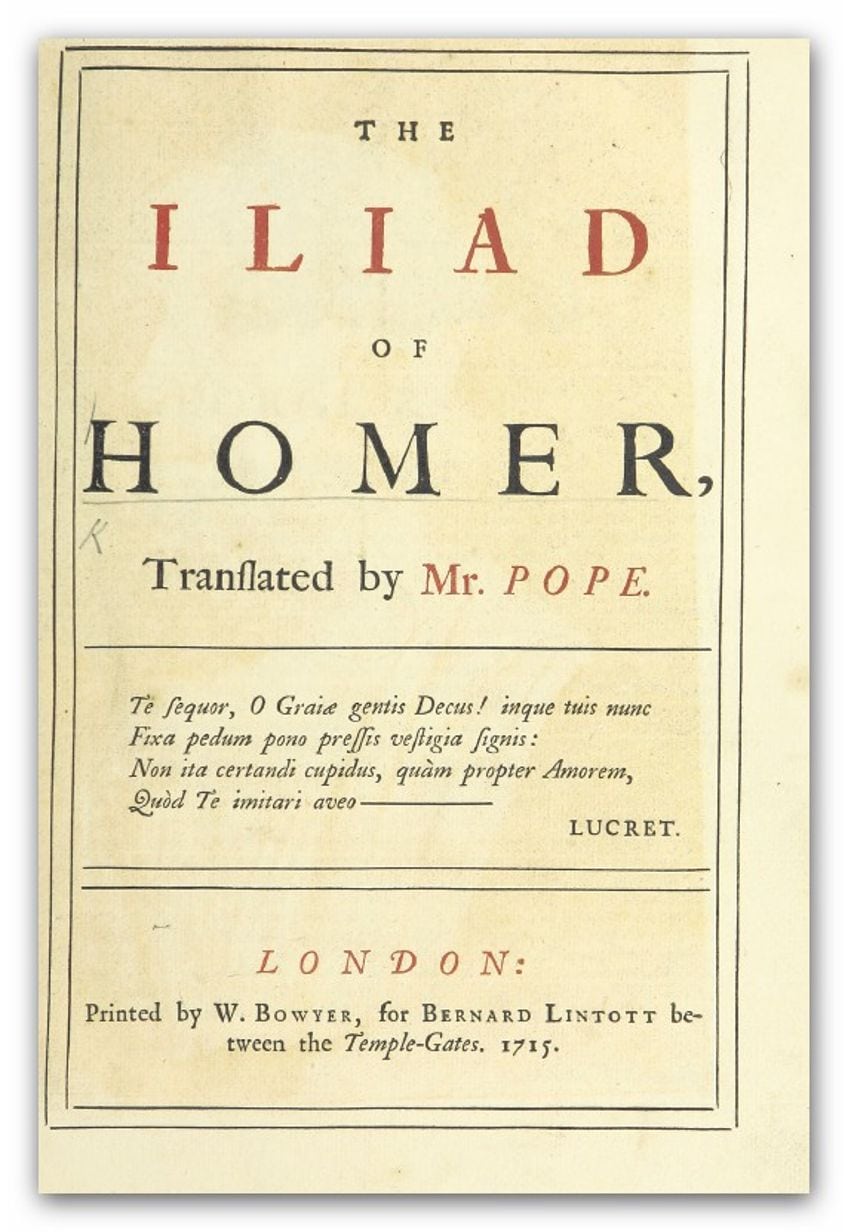
Imagist Poetry
This early-20th-century movement was an interesting one that often struggled to be defined as many looked at it from different perspectives. However, the general idea behind imagist poetry is the production of poetry that had a focus on describing and reproducing concrete images.
The idea was that they wanted to avoid the kind of highly obscure and difficult forms of poetry that had existed in the past and instead presented their work in a more accessible and realistic way.
Narrative Poetry
The term “narrative poetry” is a very broad label as it simply refers to a poem that has a narrative of some kind. This means that any poem that tells a story could be seen as a narrative poem, and this also means that narrative poems can be other types of poems too. For instance, if a sonnet tells a story, it could be called a type of narrative poem. The free verse style is useful to this type of poetry because the presentation of a narrative is often best done through a more ordinary speech style, and free verse poetry is particularly adept at that.
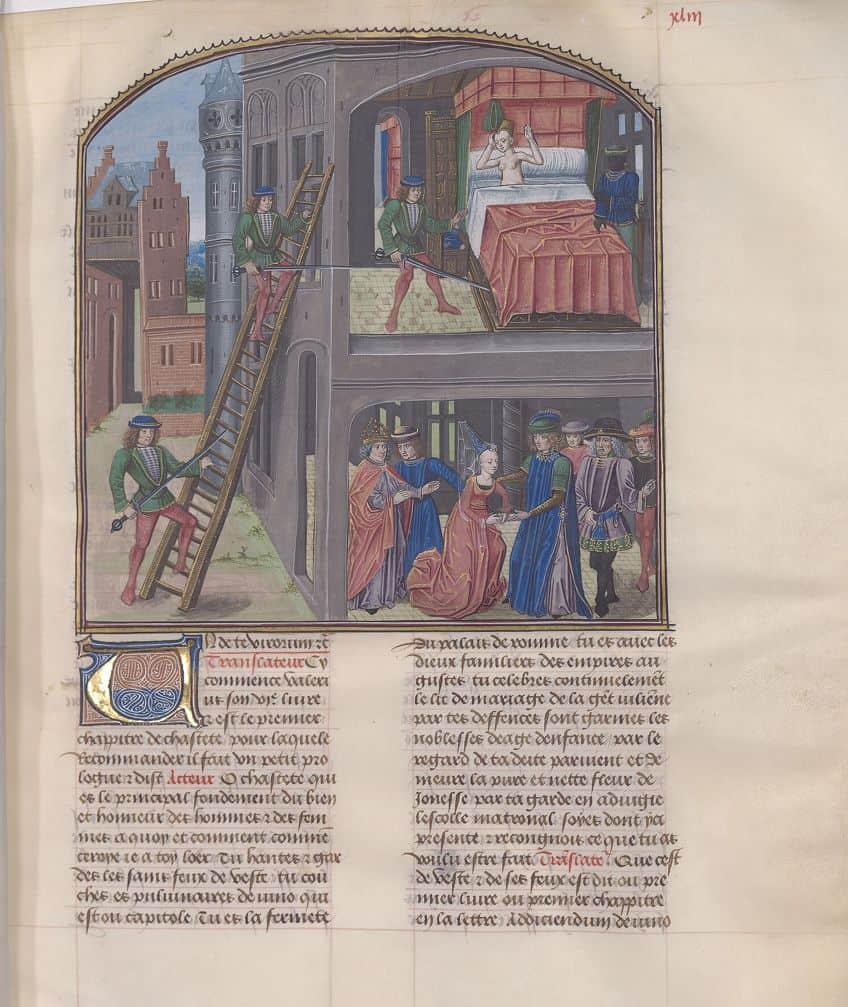
Examples of Free Verse Poetry
There are many examples of free verse poetry that one can find, but we are going to examine three of the best-known instances of this form. These three poems are by three of the most accomplished free verse poets.
They should give a good indication of what can be done with this variety of poetry.
When I Heard the Learn’d Astronomer (1865) by Walt Whitman
| Date Published | 1865 |
| Type of Poem | Free verse |
| Rhyme Scheme | None |
| Meter | None |
| Topic | Astronomy |
When I Heard the Learn’d Astronomer is one of the most famous poems by the figure who is often seen as the father of free verse poetry, Walt Whitman. This particular poem is concerned with a discussion of an academic astronomer and the way in which this figure presents astronomy as something scientific and data-driven.
The speaker eventually leaves and looks up at the stars themselves, and without the supposedly educated words of the astronomer in his ears, he can enjoy them. The poem is a good example of free verse poetry as it follows the general understanding of the term in that it has no rhyme scheme or metrical structure, and it also incorporates a conversational tone.
This is an aspect of free verse poetry that is often lauded but is not always used, and this tone allows for the poem to present the reader with an idea that can be expressed through a conversation rather than a highly poetic text.
The Pool (1916) by H.D.
| Date Published | 1916 |
| Type of Poem | Free verse |
| Rhyme Scheme | None |
| Meter | None |
| Topic | Water |
The Pool is a five-line poem written by H.D., which was the preferred pen name of Hilda Doolittle. This poem makes use of a quintain structure and has a rather simple overall description that it seeks to present to the reader. The poem discusses a pool of water. Specifically, it discusses the way in which the speaker thinks about and contemplates this particular pool of water as they come into contact with it.
The poem makes use of highly sense-oriented language to focus on the way in which the speaker is experiencing the pool of water. That language allows for a far more vivid use of imagery to create a certain image of the pool as something that quivers like something alive.
This personification is a major aspect of this example of free verse poetry, and it produces a somewhat unsettling feeling in this poem.
[I Carry Your Heart with Me (I Carry It In My Heart] (1952) by E.E Cummings
| Date Published | 1952 |
| Type of Poem | Free verse |
| Rhyme Scheme | None |
| Meter | None |
| Topic | Love |
[I Carry Your Heart with Me (I Carry It In My Heart] is one of the best-known poems by ee cummings, and it is a love poem that is concerned with the idea of one “carrying the heart” of a lover with oneself. This is not meant in a literal sense, of course, as that would significantly change the meaning. Instead, it is related to this person that the speaker adores and loves more than anything else. The use of the heart metaphor also implies that this pair will never truly be separated from one another even when they are physically separated from one another.
The poem itself is a good example of free verse poetry as it does not make use of a specific rhyme scheme or metrical structure. Instead, it makes use of a more conversational general tone that is meant to be more natural, but that is not reflected in the unconventional use of language that often staggers the more conversational notes with personal interjections that could be seen as akin to thoughts. We often associate love poetry with a more rhyme-based layout, but this instance of non-rhyming poetry should show that love poetry does not need to follow ordinary poetic conventions.
And with this final example, we come to the end of our examination of free verse poetry. We have spent this article attempting to answer the question: “What is a free verse poem?”. Hopefully, we have accomplished that today. We discussed this form by looking at the history of free verse poetry, the characteristics of the form, some of the types of free verse poetry, the differences between free verse and blank verse poetry, and a few examples of free verse poetry. This should be a good overview for you to have a look at a few free verse poems and see if you enjoy them! Also read our guide on how to write a free-verse poem.
Frequently Asked Questions
What Is a Free Verse Poem?
A free verse poem is any poem that does not make use of what is typically associated with strict forms of poetry. This means that it often does not make use of set rhyme, meter, stanzas, line breaks, or other poetic elements. This is a form of poetry that is more open-ended and allows for the kind of experimentation that is not possible in some of the strict forms of poetry, such as sonnets.
What Are the Most Common Free Verse Poetry Characteristics?
A question like this is quite a difficult one because the characteristics of free verse poetry are generally that it does not make use of ordinary poetic characteristics. This means that it is usually freer. It is free from the constraints that are set on more traditional poetry, and this allows for more everyday language to be used, the defiance of ordinary forms, and the lack of rhyme and meter. This poetic form is generally noted for being unconventional, and so there may be some poetry traditionalists who would not care for what free verse poetry has to say.
What Are the Most Common Types of Free Verse Poetry?
There are a number of different types of free verse poetry, but these types are more about where they originate from than having any kind of specific form. For instance, Beat poetry often made use of free verse to distance itself from traditional forms and to allow for a more rambling and hyperbolic delivery. Other forms that can commonly be seen in free verse poetry include experimental poetry, imagist poetry, narrative poetry, and newer forms of epic poetry.
What Are the Differences Between Free Verse and Blank Verse Poetry?
These two terms are often conflated with one another as they can appear to be the same to someone who is untrained in poetics. Free verse refers to poetry that does not make use of any set rules, such as rhyme, meter, and so on. Blank verse, on the other hand, is a specific type of non-rhyming poetry that still makes use of a set meter. This means that blank verse is more rule-oriented than free verse. For those who are untrained in meter, a blank verse poem could appear to be a free verse poem.
Who Is the Most Famous Free Verse Poet?
Some of the oldest figures in free verse poetry are often considered to be some of the most notable figures, such as Walt Whitman and Emily Dickinson. However, later figures, like ee cummings and Langston Hughes, are considered to be highly influential poets who regularly made use of the free verse style of poetry.
Justin van Huyssteen is a freelance writer, novelist, and academic originally from Cape Town, South Africa. At present, he has a bachelor’s degree in English and literary theory and an honor’s degree in literary theory. He is currently working towards his master’s degree in literary theory with a focus on animal studies, critical theory, and semiotics within literature. As a novelist and freelancer, he often writes under the pen name L.C. Lupus.
Justin’s preferred literary movements include modern and postmodern literature with literary fiction and genre fiction like sci-fi, post-apocalyptic, and horror being of particular interest. His academia extends to his interest in prose and narratology. He enjoys analyzing a variety of mediums through a literary lens, such as graphic novels, film, and video games.
Justin is working for artincontext.org as an author and content writer since 2022. He is responsible for all blog posts about architecture, literature and poetry.
Learn more about Justin van Huyssteen and the Art in Context Team.
Cite this Article
Justin, van Huyssteen, “What Is a Free Verse Poem? – When Poetry Breaks All the Rules.” Art in Context. September 15, 2023. URL: https://artincontext.org/what-is-a-free-verse-poem/
van Huyssteen, J. (2023, 15 September). What Is a Free Verse Poem? – When Poetry Breaks All the Rules. Art in Context. https://artincontext.org/what-is-a-free-verse-poem/
van Huyssteen, Justin. “What Is a Free Verse Poem? – When Poetry Breaks All the Rules.” Art in Context, September 15, 2023. https://artincontext.org/what-is-a-free-verse-poem/.




